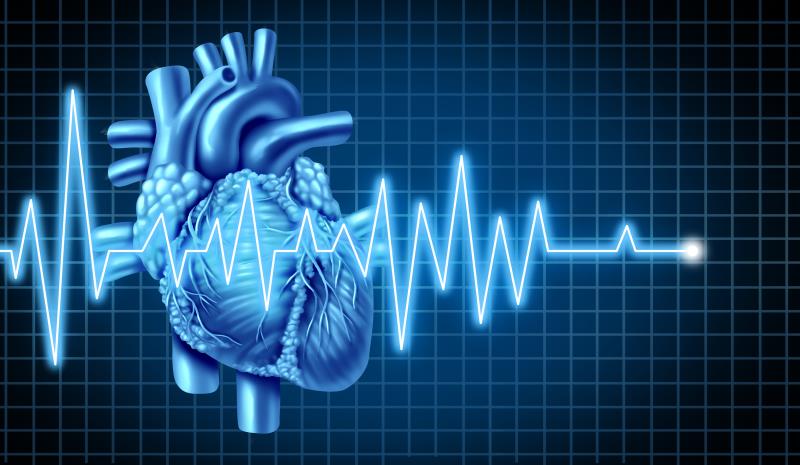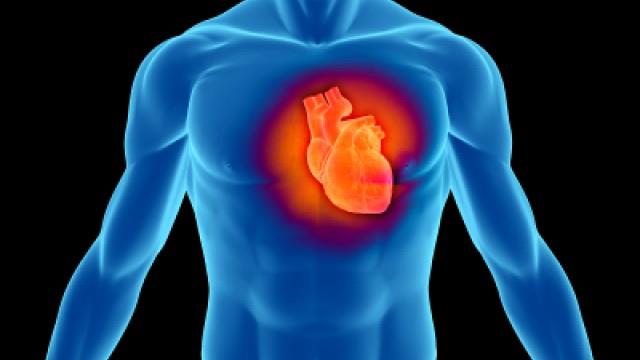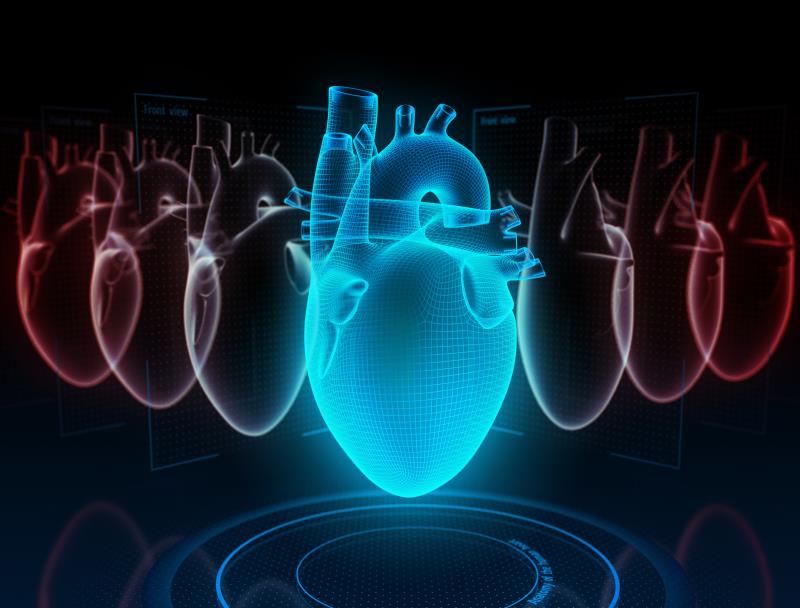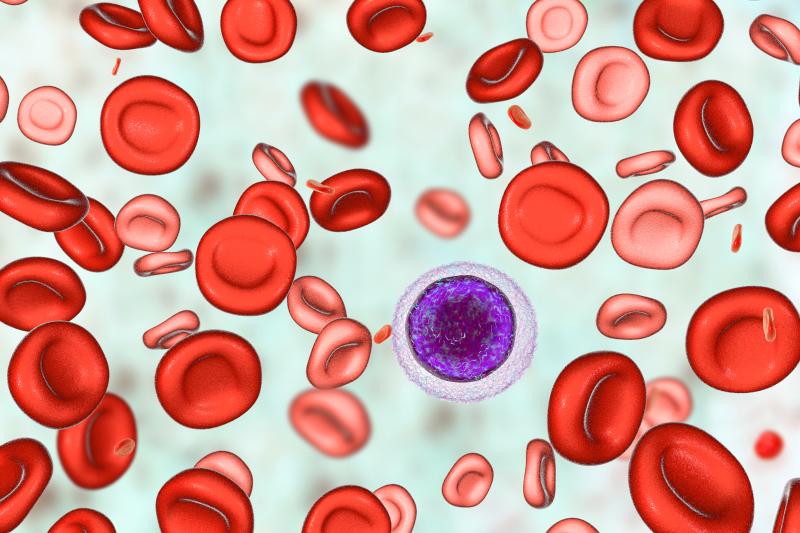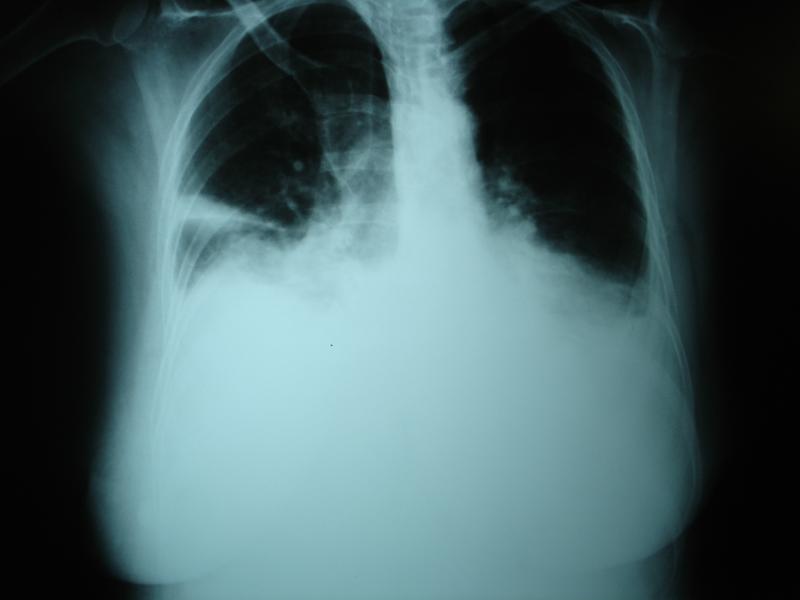Nội dung của trang này:
Nội dung của trang này:
Tổng quan
Acute heart failure is a rapid or gradual onset of or change
in the signs and/or symptoms of heart failure and arises as a result of acute
cardiac function deterioration in previously stable patients with heart failure
or may also be the first presentation of heart failure (de novo heart failure),
as stated in the Introduction
section.
Heart failure affects more than 60 million individuals
globally. A detailed discussion about the prevalence of heart failure is in the
Epidemiology section.
The Pathophysiology section
discusses the mechanisms of the development of heart failure and its effects.
The causes of acute heart failure are enumerated in the Etiology section.
The Risk Factors section lists the different factors that may
affect and precipitate heart failure in individuals.
The Classification section discusses the different clinical
conditions that may be seen in patients with acute heart failure.
 Heart Failure - Acute_Disease Summary
Heart Failure - Acute_Disease SummaryHistory and Physical Examination
The Clinical Presentation section describes the clinical findings that
are present in acute heart failure patients.
The History and the Physical
Examination sections discuss
the signs and symptoms that are seen in patients with acute heart failure.
Chẩn đoán
Discussion on different tests to be considered in all
patients with suspected heart failure is in the Laboratory
Tests and Ancillaries section.
The Imaging section explains the different diagnostic
studies that are important in the evaluation of patients with acute heart
failure.
Other conditions of heart failure and medical conditions
that should be ruled out in the diagnosis of acute heart failure are listed in
the Differential Diagnosis
section.
Xử trí
The management of heart failure should include rapid
identification, stabilization of clinical and hemodynamic status together with
determination, and treatment of the primary pathology, precipitating factors,
and aggravating secondary causes. Indications for referral to the cardiovascular
intensive care unit and management based on the clinical profile in the initial
phase of patients with acute heart failure are also discussed in the Evaluation section.
The goals of treatment of acute heart failure patients are
in the Principles of Therapy
section.
The Pharmacological
Therapy section discusses in
detail diuretics, inotropic agents, mineralocorticoid receptor antagonists
(MRAs), opiates, sodium-glucose linked transporter/co-transporter 2 (SGLT2) inhibitors,
vasodilators, vasopressin antagonists, prophylaxis for thromboembolism, and
drugs prescribed after stabilization that are important in the treatment of
acute heart failure.
The Nonpharmacological section includes ventilation and interventional
therapies such as mechanical assist devices, ultrafiltration, and coronary
revascularization that may be done in patients with acute heart failure.
Valvular surgery as a treatment option in the management of
acute heart failure is in the Surgery section.
The Monitoring
section discusses the different invasive and non-invasive modalities used in
monitoring patients with acute heart failure based on their clinical status.



